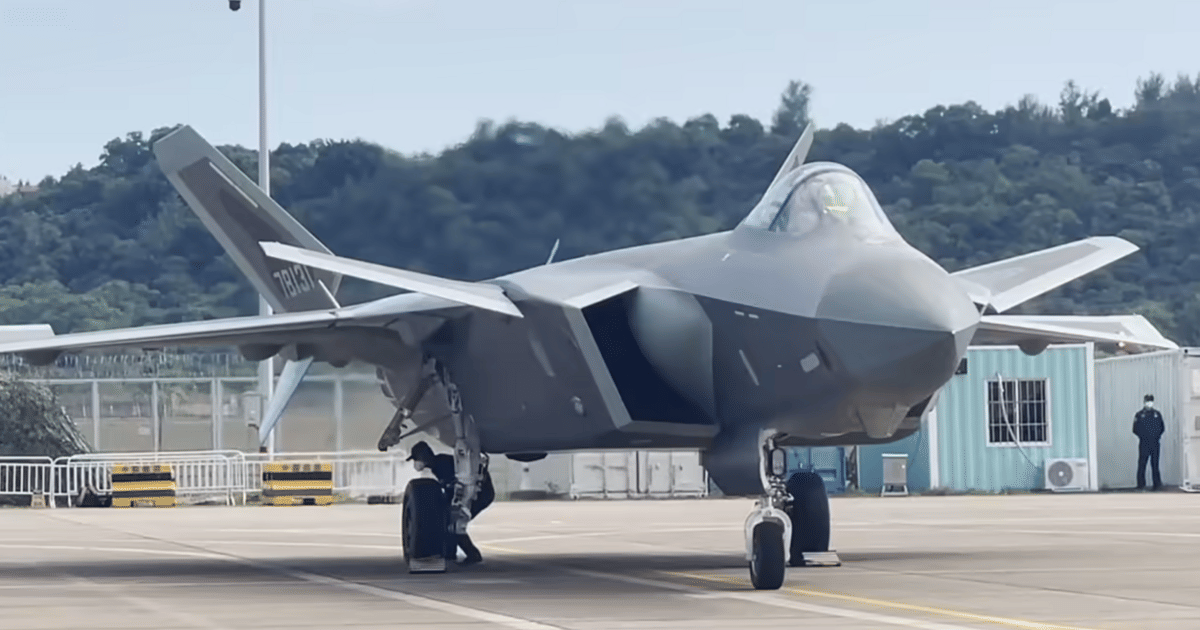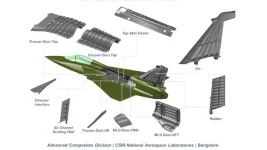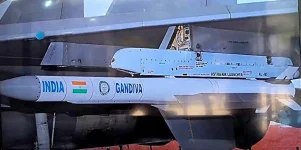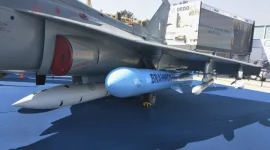
In a demonstration of growing military capability, China has increased its aerial presence in Tibet, deploying advanced warplanes like the J-20 stealth fighter and KJ-500 airborne warning and control system (AWACS) aircraft.
While this move comes amid ongoing tensions along the Line of Actual Control (LAC), sources indicate the recent J-20 sighting was part of an integrated exercise rather than a permanent deployment.
Along with the J-20s, approximately ten other PLAAF fighter jets, including J-7s and J-10s, were spotted in Hoping, Tibet. Despite being China's most advanced fighter, the J-20 has been noted for its potentially less stealthy tail section. However, experts predict an increased deployment of these aircraft in Tibet as China's production capacity grows.
Overall, around 60 PLAAF warplanes have been detected in forward airfields facing Ladakh and the northeast. These include a mix of fighter jets (J-7, J-8, J-10, J-11, J-16), the KJ-500 AWACS, helicopters, and drones.
While the presence of warplanes typically increases during summer months for high-altitude training and infrastructure development, the current situation along the LAC is considered more stable compared to the aftermath of the 2020 Galwan clash.
This escalation of air power in Tibet underscores the ongoing strategic significance of the region for China. While the immediate intent behind the recent deployments might be training and exercises, it also serves as a demonstration of China's growing military capabilities and its resolve in the face of border tensions. The Indian military, in turn, is expected to continue monitoring these developments closely and adapt its own strategies accordingly.




